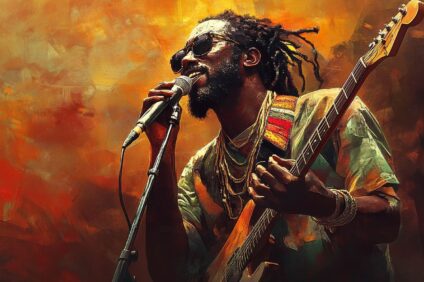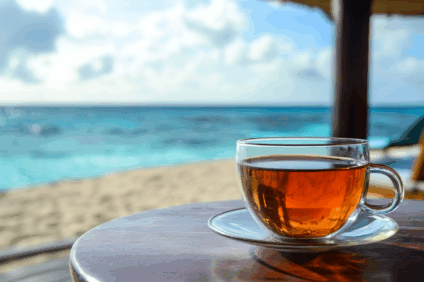As the Merry Monarch reigns over the next few days, hundreds of persons, including both masqueraders and spectators will be photographing the ‘Greatest Show On Earth’.
With advances in technology, there is always confusion when it comes to the law as it relates to photography. Carnival itself is never devoid of controversy, and this further complicates matters. Gone are the days where Carnival photographs are relegated to dusty old albums, or tucked away in Grandma’s drawer. Today, photographs are shared instantly on Facebook, Instagram and other social media platforms. The traditional definition of ‘magazine’ now includes online blogs and digital productions.
Who owns the copyright in a photograph?
In copyright law, the author of a photographic work is the photographer. If a person or model (in a carnival costume) is featured in a photograph, they do not have any automatic rights to that photograph, but rather the ownership of the work remains vested in the photographer. Where a photographer takes a photo during the course of employment, the copyright in the photograph generally belongs to the employer. In the case of freelance photographers or short-term photography jobs however, the intellectual property rights are usually subject to the terms of the contract between the parties.
Privacy and image rights
There is no legal requirement in Trinidad and Tobago that an individual’s permission should be obtained for taking a photograph in a public place. Persons should be mindful however of the Constitutional right of an individual to respect for his private and family life and should exercise caution when taking photographs of minors.
Accreditation and commercial photographs
Organizing bodies may restrict access to any venue (such as the Queen’s Park Savannah stage) for a live event and specifically award licences to accredited media for a fee. This applies particularly to photographs which are to be used for commercial purposes. Spectators may be bound by this rule in an official carnival judging venue, as it may be considered to be an implied term of the contract created by purchasing a ticket to access the venue.
Taking photographs and ‘selfies’ while playing mas
Generally, masqueraders can freely share photographs that they take themselves, provided that the photographs are for non-commercial purposes. Bystanders, friends and family of masqueraders may also freely take photographs that are not in an official Carnival judging venue.
Uploading and sharing photographs
By uploading and sharing a photograph on a social media site, you may lose your intellectual property rights to the photograph, as your terms of service as a user of the site may grant the site a non-exclusive, transferable, sub-licensable, royalty-free, worldwide license to use the photograph in any way that it deems fit.
Taking photographs of ‘works of mas’
The Trinidad and Tobago Copyright Act Chap. 82:80 provides protection for ‘works of mas’ which the Act defines as an “original production intended to be performed by a person or a group of persons in which an artistic work in the form of an adornment or image presented by the person or persons is the primary element of the production, and in which such adornment or image may be accompanied by words, music, choreography or other works, regardless of whether the production is intended to be performed on stage, platform, street or other venue.”
A photograph of a work of mas is a separate work, with its own rights and protection.




